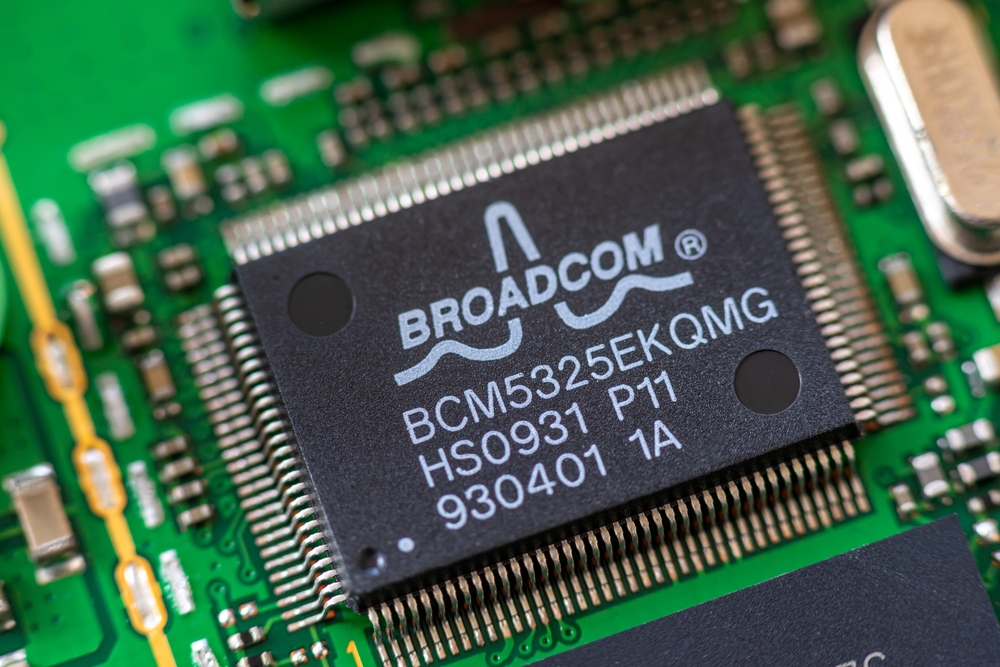The upcoming non-farm payrolls report for November is poised to assess whether the recent market optimism regarding lower rates is premature. Some analysts are predicting a potential "Santa Claus rally," expecting a rebound in equity markets around mid-December, often driven by tax loss harvesting, where investors sell underperforming stocks for tax benefits.
Large-cap equity funds reported their first weekly outflow in seven weeks, totaling $450 million. Mid-cap funds experienced more substantial outflows of $1.03 billion, while small and multi-cap funds witnessed net buying activities amounting to $1.2 billion and $651 million, respectively. Simultaneously, investors continued to accumulate money market funds for a seventh consecutive week, pouring approximately $54.58 billion into these funds.
According to a report by Bank of America Global Research strategists, cash funds experienced a substantial influx of $93.2 billion in the week ending Wednesday, marking the largest inflow since March 2023. This surge is attributed to the attractiveness of high yields on short-term debt, continuing to draw investors. Bank of America's 'Flow Show' weekly report revealed that equity funds received $6.2 billion in inflows, with U.S. equity funds leading the way with $5.5 billion.
In contrast, Japanese equity funds saw outflows of $500 million for the fifth consecutive week, reflecting market speculation about the potential conclusion of the Bank of Japan's ultra-loose monetary policy. This speculation coincided with a 1.5% strengthening of the yen against the dollar and a nearly 3.5% decline in Japan's primary stock index, the Nikkei 225.* Bank of America's bull and bear indicator, a gauge of investor sentiment, surged from 2.7 to 3.8, marking its most significant weekly increase since February 2012.

Source: investing.com*

Source: investing.com*
This rise was fueled by the largest six-week high yield bond inflow since August 2020 and robust inflows into emerging market stocks, leading BofA strategists to remark on a shift from bearish sentiment to speculative attitudes, signaling a departure from a contrarian positive stance for risk assets. European bond funds attracted a substantial $11.03 billion, marking the highest influx since April 2021, whereas Asian funds saw a gain of $1.33 billion.
In summary, the week under review presented a nuanced landscape of financial market dynamics, characterized by cautious equity fund movements, selective sector preferences, contrasting bond market activities, a persistent influx into cash funds, and shifts in Japanese equity funds reflecting concerns over the Bank of Japan's monetary policy. The noteworthy change in Bank of America's sentiment indicator suggests a shift from bearish sentiment to more speculative attitudes, signaling a complex and evolving market sentiment.
* Past performance is no guarantee of future results.
 Italiano
Italiano
 English
English
 Slovak
Slovak
 Czech
Czech
 Hungarian
Hungarian
 Polish
Polish





